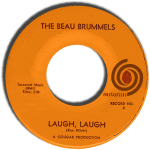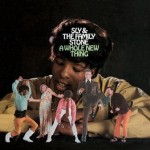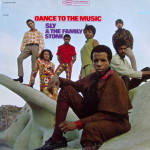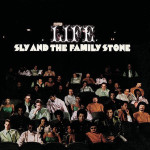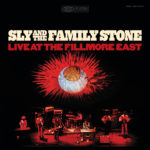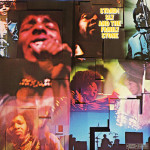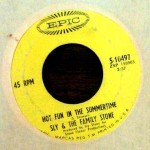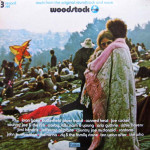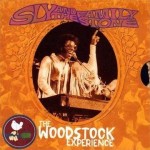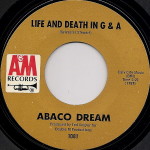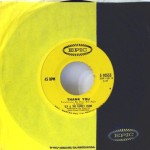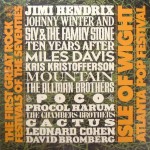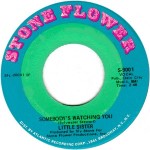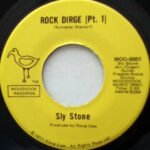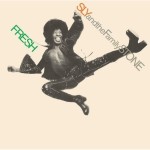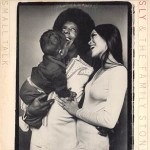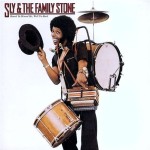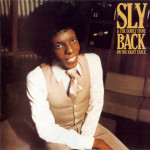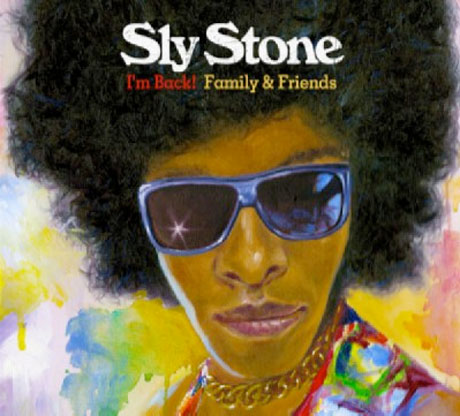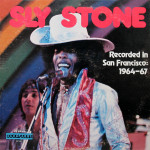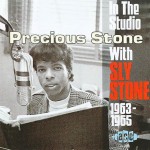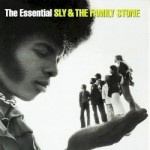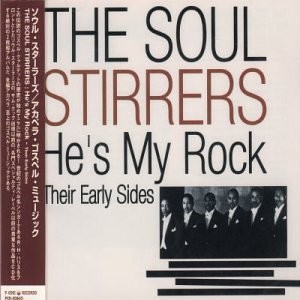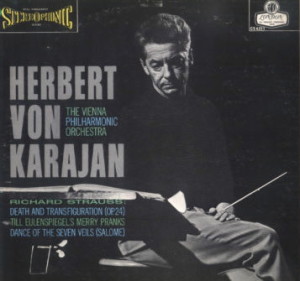In Time (2011)
20th Century Fox
Director: Andrew Niccol
Main Cast: Justin Timberlake, Amanda Seyfried, Cillian Murphy
Yeah, so the name Justin Timberlake may be more synonymous with a “dick in a box” than cinematic acting prowess, but he proves an adequate choice for the lead in Andrew Niccol’s dystopian sci-fi thriller In Time. Will Salas (Timberlake) is a lowly nobody working in some factory in a futuristic ghetto. There is no “money” as such, but “time” instead. People have a “clock” in their arm that counts backward. When it reaches zero, they die. But so long as they have time, they stay the same age indefinitely. All adults are about 25 years old. Buying coffee or taking the bus? Time is taken away. Payment for a day’s work? Time is added. You simply hold your arm to an electronic reader, or grip another person’s arm in what appears like a slightly aggressive secret handshake. Residents of the ghetto in which Salas lives seem to all have no more than a few days or hours of time, always in a state of desperation. And this is definitely a ghetto. Well, a “time zone” the characters call it. Increasingly steep tolls are required to pass from the ghetto into other time zones.
It isn’t much of a plot spoiler to say that the movie hinges on Salas’ personal awakening, after coming into possession a large amount of time, in which he realizes that there is nothing “wrong” with the economy that has nothing for the residents of the ghettos. Rather, the rich have devised a system to separate themselves from the others based on the unequal distribution of time. Police called “timekeepers,” among them Raymond Leon (Cillian Murphy), are the hard-boiled enforcers of the order. Yes, there has to be a romantic sub-plot, so Salas meets up with Sylvia Weiss (Amanda Seyfried), whose father runs the largest “time lending” chain–an outfit much like a payday loan business making loans at extortionate rates. One then wonders if there will be a happy ending or not.
The plot captures bits of the German childrens’ book Momo oder Die seltsame Geschichte von den Zeit-Dieben und von dem Kind, das den Menschen die gestohlene Zeit zurückbrachte (1973) by Michael Ende (better known to American audiences as the author of Die Unendliche Geschichte [The Never-Ending Story] (1981)), which dealt with Men in Grey from a Timesaving Bank, and the short film The Price of Life (1987), in which characters die when a time account runs to zero and the rich are practically immortal. The modern telling, though, also takes cues from the sort of high-finance intrigue that propelled The International (2009) and anticipates the grim and heartless social class conflict central to Neill Blomkamp’s Elysium (2013). The central conceit of using “time” in place of “money” serves a useful role in highlighting how money is really a representation of social power, a unit of measure that expresses the holder’s claim on social wealth, or, society’s quasi-moral indebtedness to its holder. This is normally the sort of stuff that one gets from reading rather dry, academic non-fiction books–and there indeed are quite a few that provide copious theoretical support for the film’s conceit.
Niccol made a name for himself with Gattaca (1997), another sci-fi thriller with comparable ambitions to portray a quest for justice in a repressive class-based society. He’s a skilled practitioner, able to manage the pacing of a movie that draws most of its audience in with action sequences while still managing to hold together a coherent plot. Viewers are asked to suspend disbelief that humans can have their mortality regulated entirely by technology, but not in the small parts of the movie. You must accept that a person can drop dead if the clock in his or her arm runs out of time, but you are not forced to accept violations of the laws of physics for the sake of “action” when the fists and bullets start to fly nor to accept characters whose behavior shifts erratically. Like a high school science teacher clamoring to “make science fun” enough that a little learning might happen, the objective is to do the action and romance stuff well enough to find a few moments in which to present the moral and economic premise of the film . Quite unlike, say Christopher Nolan’s The Dark Knight Rises (2012) Batman movie, which delivers a reactionary and anti-democratic message that “the system” must be preserved despite its flaws (necessary or simply inevitable and unavoidable), In Time suggests that piecemeal tokens don’t work (like when Salas gifts an alcoholic friend too much time) but that large scale mass mobilization of the poor can correct the inequities of a system established by the rich for their differential advantage. It’s an old message. Leo Tolstoy makes the same argument in the final chapter of his The Kingdom of God is Within You: Christianity Not as a Mystic Religion but as a New Theory of Life (1894), for instance, and Gandhi put the idea into practice. But if you miss the final moments of this film you might miss that message somewhat, and think instead that a kind of James Bond figure can dash in and make the difference by himself.
Matt Damon has made something of a career making movies like this. Timberlake and Seyfried less so. Cillian Murphy makes a good choice for his role as the anguished and vaguely morally troubled cop. One can’t forget the casting difficulties for a script that calls for a society of people who appear to be about 25-30 years old but have lived decades (or more) longer!
This one is a good bit of entertainment. It has a more solid sense of purpose than most hollywood sci-fi. But in the mold with so much current cinema, the dystopian element predominates over the utopian. Audiences are mostly in a mood today to relate to a story about recognizing a corrupt system and bringing it down. It might take more time before the happy stories of what comes next can be told effectively.


